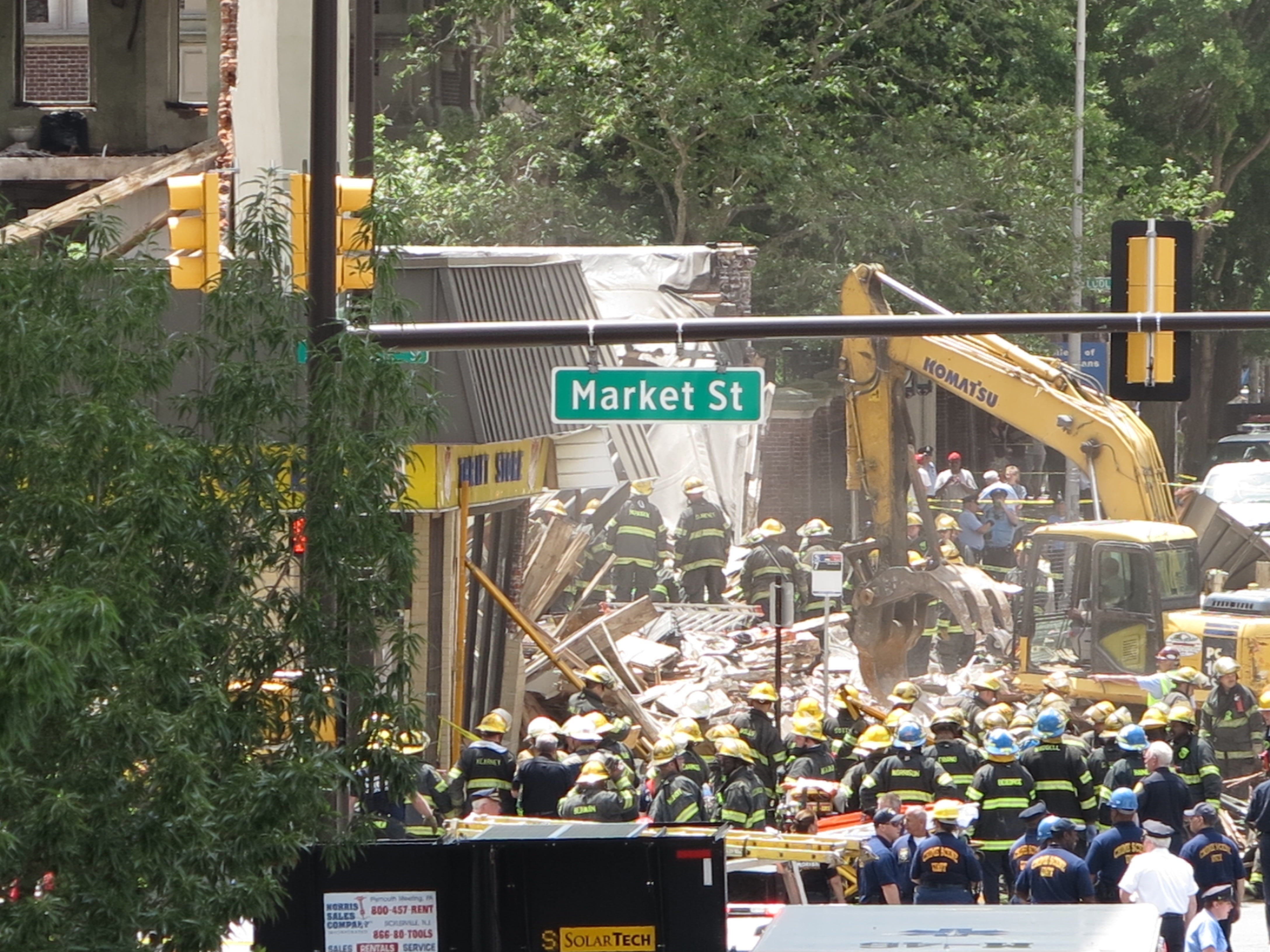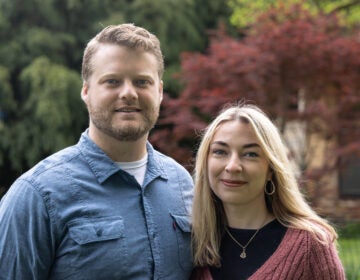June 6: Unreformed L&I | Philadelphia as Real America | Sprawl tax

Three years after seven people were killed in the building collapse at 22nd and Market, is the Department of Licenses and Inspections any better prepared to prevent a repeat of the tragedy? Steve Volk says no, in a long piece at Philly Mag on the city’s feeble attempts to right the agency. “There’s a political incentive to keep L&I weak,” veteran code enforcement veteran Glenn Corbett tells Volk, “Because to any mayor or Council member, this is the unit that developers and businesspeople are going to complain about. And so a lot of moves were made after the collapse, but not a lot changed.”
Are Philly urbanites out of touch with Real America? According to a FiveThirtyEight analysis of the metros that most resemble the country’s demographics, Philadelphia is in the top ten. The metro area encompasses a broad range of place types that don’t resemble urban Philadelphia, but the point is that more Americans now live in moderately-sized metro regions than small towns, and this has implications for state and national politics. “Looking across metros of all sizes, the places that look most like America tend to be larger metros, though not the largest ones. The similarity index is highest, on average, for metros with between 1 million and 2 million people. The metros that look least like America are those with fewer than 100,000 people.”
Theresa Stigale looks at how Fabric Row has made way for cat cafes and art galleries without losing its core identity as a place for textile wholesalers.
Curbed shares some new renderings of EB Realty Management’s Philadelphia Metropolitan Opera House restoration plans.
Angie Schmitt is optimistic that U.S. DOT is really serious about reducing the transportation system’s contribution to climate change.
City Observatory cleverly reframes traffic congestion costs as a sprawl tax, and tries to measure the costs that excessively low-density planning imposes on residents of the largest US metros. Philadelphia’s sprawl tax is among the lowest.
The Bicycle Coalition’s John Boyle explains how to ride a bicycle next to a bus.
WHYY is your source for fact-based, in-depth journalism and information. As a nonprofit organization, we rely on financial support from readers like you. Please give today.






